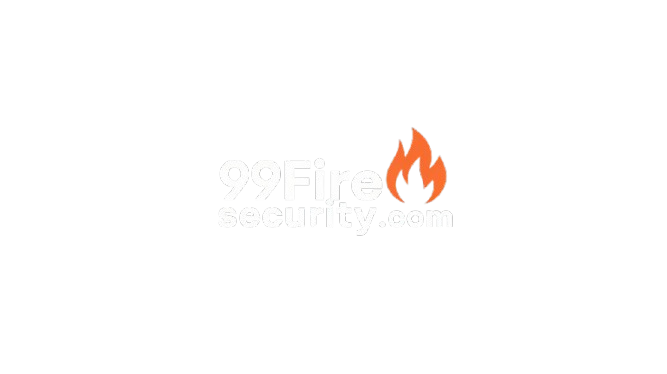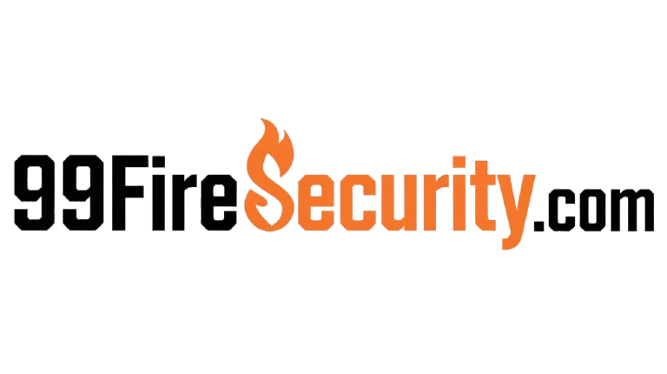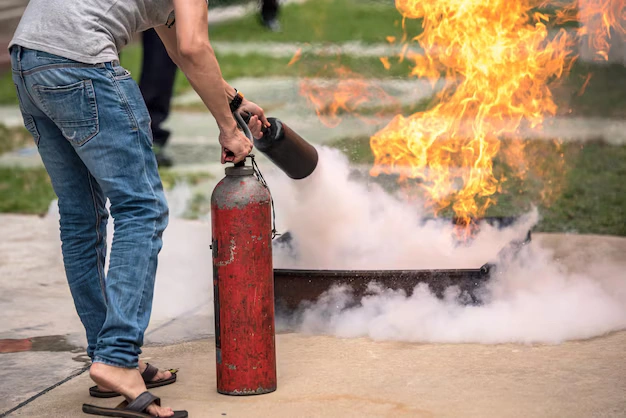Introduction
Understanding the importance of fire extinguishers in your small office. Thus, whenever you are going to go out at night or on a picnic, make sure that you have your essential tools in your hand with you. But having fire extinguishers is not enough if they’re just on the premises. When a fire occurs, the correct maintenance and obeying the rules of fire extinguishers are key to ensuring they will act as they should at the time they are required most. This article will navigate fire extinguishers in small offices from fire extinguisher rules to the reasons they should be maintained.
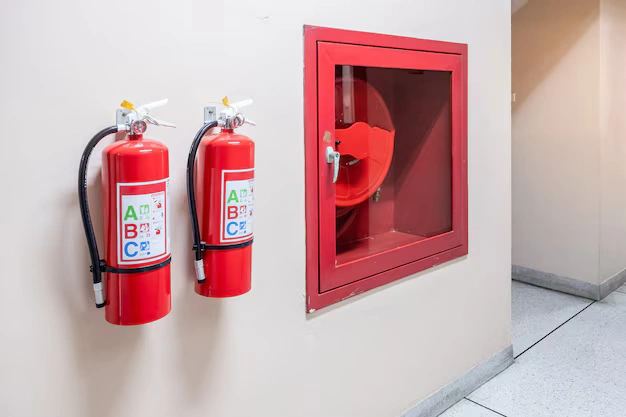
Importance of Fire Extinguishers in Small Offices
Fire extinguishers are vital in keeping small fires from becoming a big disaster. In a small office setting (where fire risks may include electrical equipment, paper products, or kitchen appliances), fire extinguishers are usually the first response. If used correctly, a fire extinguisher can help stop the spread of fire, preserve lives and property, and reduce business downtime.
Why Every Office Needs Fire Extinguishers
- Immediate Action: When there are fire extinguishers available to people, they are able to get to small fires before they are able to spread.
- Follow Fire Safety Regulations: Yes, many local fire codes require businesses to have fire extinguishers on-site.
- The safety of employees: An extinguisher also can help the employees to deal with the fire situations safely.
Fire Extinguisher Types and Their Use
There are different kinds of fire extinguishers. There are a number of different types, each designed to put out one or more classes of fire. Get the right types in place (small business owners).
Classifications of Fires
Fires are now classified into five basic categories, based on what is burning:
- Class A:Fires with ordinary combustibles like paper, wood, and cloth.
- Class B: Any flammable liquid, including gasoline, oil, or grease.
- Class C:fire includes electrical equipment, such as computers, electrical panels, and wiring.
- Class D: Flammable metal fires, for example, magnesium or aluminum.
- Class K: Fires involving cooking oils and fats occurring in cooking appliances.
Types of Fire Extinguishers
Here is the guidance listed for each fire class:
- Water Extinguishers (Class A): To put out paper, wood, and other common combustibles.
- Foam Extinguishers (Class A, B): For use on flammable liquid fires, such as oil or gasoline.
- CO2 Extinguishers (Class B, C): Used on electrical and flammable liquid fires as they leave no residue.
- Dry Chemical Extinguishers (Class A, B, C): The most prevalent type that works well on a variety of fires.
- Wet Chemical Extinguishers (Class K):Use for kitchen fires with cooking oils.
Choosing the Right for Your Office Fire Extinguisher
You can refer to the following general things: ensure that the small office has the required type of fire extinguishers depending on the risk area. For example:
- In the Kitchen: Have a Class K extinguisher for grease fires.
- Close to Electrical Equipment: CO₂ or Dry Chemical Extinguisher
- General Office Areas: An all-purpose ABC extinguisher should be enough.
Fire Extinguisher Rules for Small Offices
1H2 Some important rules to ensure that your office extinguishers are practical and handy. Following these rules will not only help you stay in accordance with safety regulations but also ensure everyone inside the building is safe.
Location and Accessibility
- Easily Accessible: These fire extinguishers ought to be placed in easily accessible places like common rooms, kitchens, server rooms, or electrical panels.
- Visibility: Fire extinguishers should be mounted in plain sight. Ensure furniture or equipment does not block them.
- NO Eexception: Clearly identify the location of fire extinguishers so that employees can find them quickly in an emergency.
Regular Inspections and Maintenance
To keep these fire safety devices functional at all times, regular inspection and maintenance are essential. Here’s what to check through repetitive inspections:
- Pressure Gauge: The weight scale should be in the “green” zone, indicating the extinguisher is properly charged and ready for use.
- Nozzle and Hose: Check for clogs, crashes, or damage to the nozzle and hose.
- Seal and Pin: Ensure the safety pin and tamper seal are intact. The safety pin prevents chance release, while the tamper seal makes sure the extinguisher hasn’t already been cleared.
- Physical Condition: Inspect for damage such as dents, rust, or corrosion on the extinguisher. If it’s broken, replace it or have it serviced immediately.”
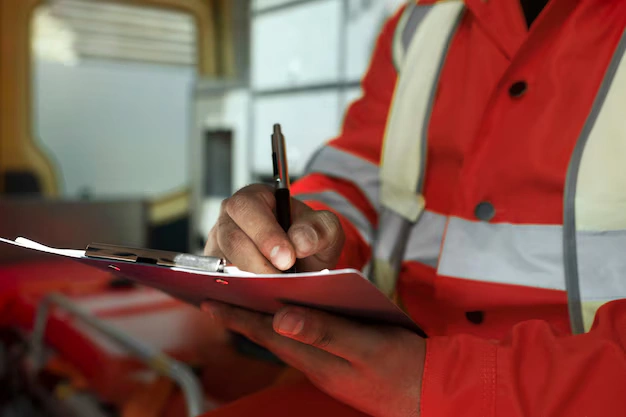
Monthly Inspections
Perform a simple monthly check for the following:
- Make sure the extinguisher is mounted and readily available.
- Ensure the pressure is within the operational range on the pressure gauge.
- Check for damage or leaking.
Annual Inspections
In addition to monthly inspections, fire extinguishers need to be tested annually by a qualified professional. The technician will
- Recharge or refill extinguishers as needed.
- Replace extinguishers that are old or expired.
- System checks need to be done, ensuring functional checks.
Service and Recharge
- Recharge After Use: Even if a fire extinguisher was only partially discharged, it needs to be recharged straight away. That keeps it prepared for the next disaster.
- Refilling: If an extinguisher has been completely discharged, it must be refilled professionally before it can return to service.
Legal Requirements for Fire Extinguishers in Small Offices
Besides safety considerations, fire extinguishers are mandated by law in most working environments, including small offices. It is important to comply with fire safety legislation to avoid penalties and, more importantly, to protect the workplace.
OSHA Fire Safety Regulations
The Occupational Safety and Health Administration (OSHA) requires that businesses provide fire extinguishers in all areas where there is a potential fire hazard. Additionally:
- Fire Extinguishers Must Be Inspected: OSHA requires that fire extinguishers be inspected regularly to ensure they are in proper working order.
- Training: OSHA mandates that employees be trained in the use of fire extinguishers and fire evacuation procedures.
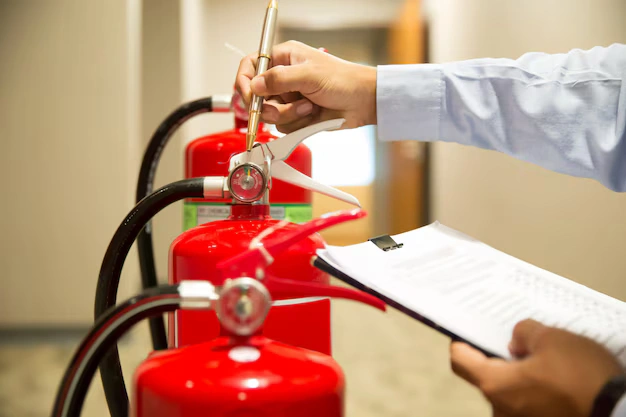
Local Fire Codes
Along with OSHA regulations, local fire codes may also mandate further specifications for fire extinguishers, such as the quantity and types of extinguishers necessary for various zones within your office. Contact local fire authorities or a fire safety professional to make sure your office complies with all applicable codes.
Conclusion
Fire extinguishers are a significant part of fire safety in any small office. Small professional holders can lessen the risk of fire damage and wound significantly by knowing the types of extinguishers needed, following fire extinguisher laws, and regularly maintaining extinguishers. Additionally, appropriate employee training will help streamline legal requirements and create a safer, more prepared work environment. So make sure your fire extinguishers are ready to protect your business and that you are maintaining them properly to avoid what is a very unpleasant experience.
FAQs
How frequently do I need to check fire extinguishers in my office?
Fire extinguishers should be inspected monthly and professionally serviced annually.
Can I use any fire extinguisher on any type of fire?
So no, not all fires can be put out using the same extinguisher. Make sure you get the right type of extinguisher for the fire hazards in your office (e.g., electrical, kitchen).
What if a fire extinguisher has been used?
If you are trained on using a fire extinguisher, recharge it or replace it immediately for the next emergency:
Do we need a fire extinguisher in each and every office room?
Sure, you should have fire extinguishers located in accessible spots, particularly near potential fire hazards (think kitchens and electrical panels).
Am I able to service my own fire extinguishers?
You can do monthly visual checks, but servicing and refilling should only be done annually by a licensed professional.
